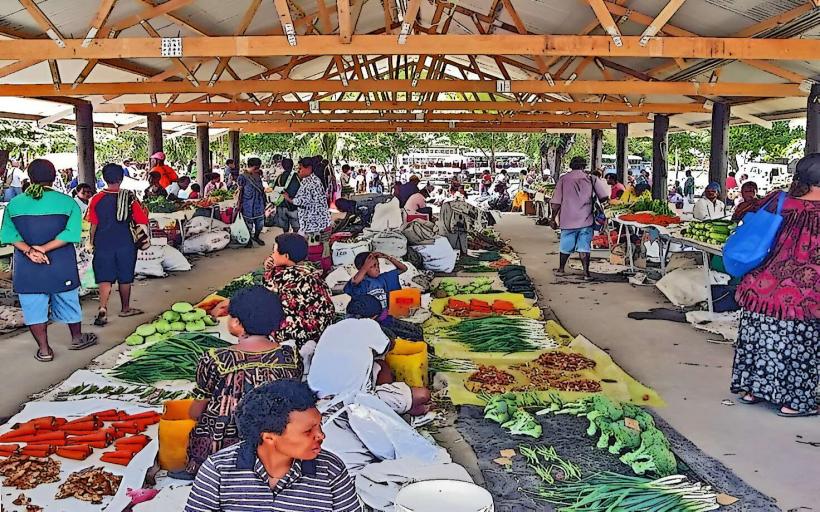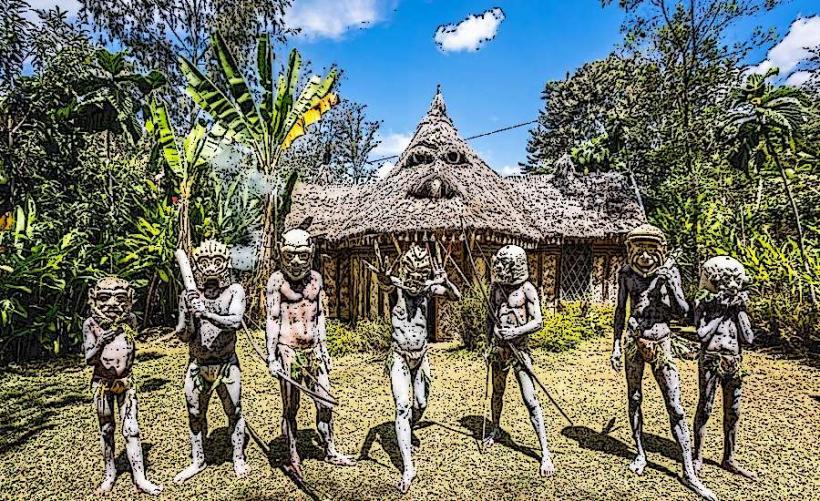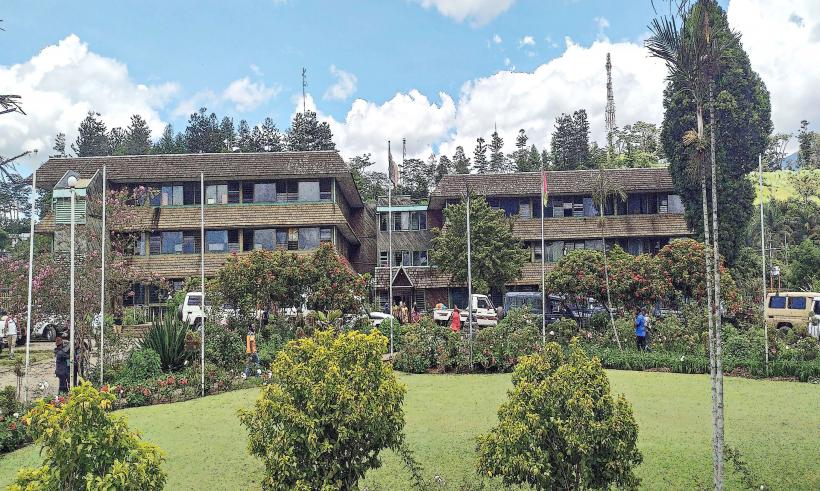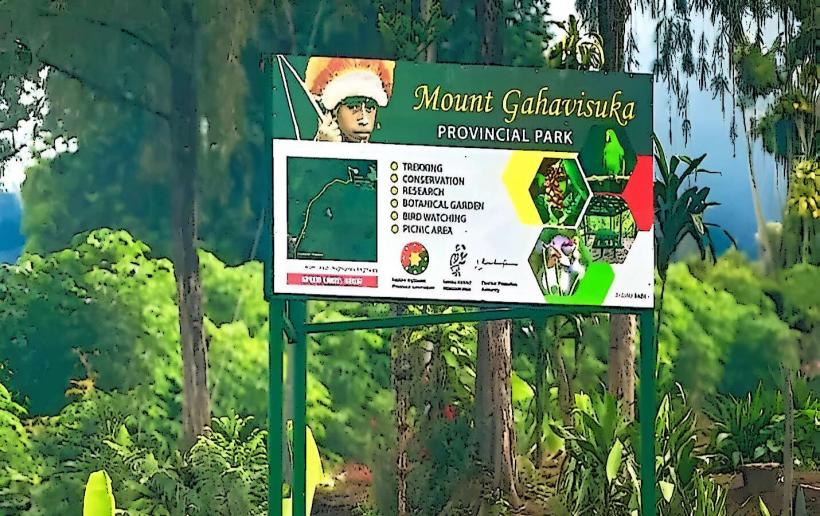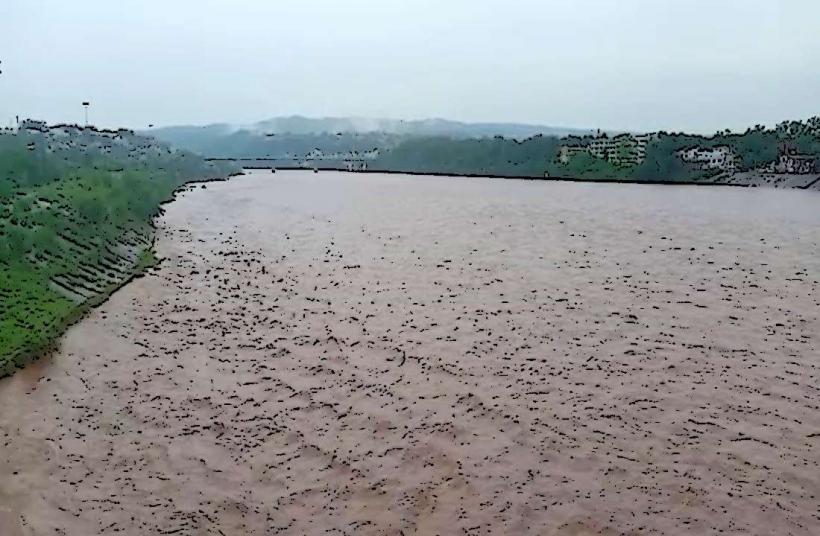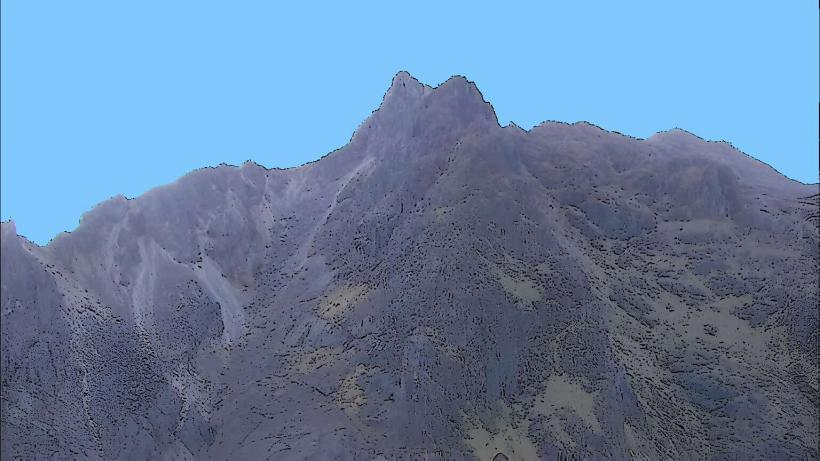Information
Landmark: Goroka ShowCity: Goroka
Country: Papua New Guinea
Continent: Australia
The Goroka Show is one of the largest and most famous cultural festivals in Papua New Guinea. Held annually in Goroka, the capital of the Eastern Highlands Province, it is a major event that showcases the rich cultural diversity of the Highlands tribes and is considered one of the highlights of the country’s cultural calendar.
Key Features of the Goroka Show:
History and Origins: The Goroka Show was first held in 1957 and has grown into one of the most significant cultural festivals in Papua New Guinea. Initially, it was organized as a way to bring together the different tribes of the Highlands to share their cultural traditions and foster peace through music and dance. Over the years, the event has evolved into a celebration of Papua New Guinea’s rich ethnic diversity and has become a major attraction for both locals and international visitors.
Cultural Significance: The Goroka Show is a display of the cultural diversity of the Highlands region, where dozens of different tribes, each with their unique languages, traditions, and customs, gather to showcase their cultural heritage. The event is an important opportunity for these communities to celebrate their identity, strengthen social bonds, and demonstrate pride in their cultural heritage.
The show allows tribes to come together in peace, as many of them have historically had conflicts. It is a time when traditional feuds and rivalries are set aside in favor of peaceful celebration, making the event a symbol of unity and reconciliation for Papua New Guinea’s diverse peoples.
Performances and Dance: The highlight of the Goroka Show is the sing-sing, a traditional form of dance and song. During the show, more than 100 different tribes perform their unique dances, songs, and rituals, often wearing elaborate traditional costumes, including feathers, body paint, and carved wooden masks. The sing-sings are accompanied by the rhythmic beats of drums and other traditional instruments. The dances often have specific meanings, such as celebrating a harvest, honoring ancestors, or marking significant life events.
Each group’s performance reflects the cultural values, rituals, and history of the tribe. The dances are often energetic and colorful, drawing crowds from all over the world who come to witness the cultural vibrancy of Papua New Guinea.
Traditional Clothing and Body Art: One of the most visually striking aspects of the Goroka Show is the traditional clothing and body art worn by the performers. Tribesmen and women wear feathered headdresses, animal skins, and painted body art that signify their cultural identity. The intricate designs and patterns used in the body painting are symbolic and represent different aspects of their traditions, such as clan affiliation or personal achievements.
Some performers also wear elaborate carved masks, which are used in ceremonial rituals and dances. The use of natural materials, such as pig tusks, shells, and bark cloth, adds to the authenticity and cultural richness of the costumes.
Music and Instruments: Music is an integral part of the Goroka Show, with each tribe bringing its own traditional instruments. The performances often include the use of singing, drumming, and other instruments such as flutes and pipes made from bamboo or wood. The rhythms are usually fast-paced and designed to accompany the dances, creating an energetic atmosphere.
In addition to traditional music, the show sometimes features modern elements, with local bands or artists blending contemporary sounds with traditional tunes.
Tribal Competitions and Showcases: The Goroka Show is not just about performances—it also includes various competitions between tribes, such as contests for the best-dressed performers, the most intricate dances, or the most spectacular costumes. These competitions encourage tribes to showcase their best traditions and artistic skills. It is also a way for communities to gain prestige and recognition among their peers.
Cultural Exchange and Tourism: The Goroka Show has become a major event on the tourism calendar for Papua New Guinea. Tourists from around the world travel to Goroka to witness the festival, bringing an influx of visitors and providing an opportunity for cultural exchange. The event is a window into the country’s diverse cultures, offering tourists the chance to see traditional music, dance, and art in a vibrant and immersive setting.
The festival provides economic benefits to local vendors and businesses, as tourists purchase souvenirs, local crafts, and traditional goods. The market surrounding the event also sells bilums (woven bags), carvings, baskets, and other handicrafts made by local artisans.
Dates and Duration: The Goroka Show is typically held over the long weekend in September, marking the Papua New Guinea Independence celebrations. It usually lasts for two days, with events taking place in the showgrounds in Goroka. During this time, thousands of visitors, both local and international, gather to watch the performances, take part in cultural activities, and interact with the various tribes.
Environmental and Social Challenges: The increasing popularity of the Goroka Show has brought challenges, such as crowd management, logistical concerns, and environmental impact. With the influx of visitors, there are pressures on infrastructure, waste management, and preserving the authenticity of the performances. However, the event remains an important platform for promoting sustainable tourism and cultural preservation.
Future Prospects: The Goroka Show continues to grow in size and influence. In recent years, efforts have been made to ensure the event remains culturally authentic, while also accommodating the demands of modern tourism. There are plans to improve the infrastructure and facilities around the event, with a focus on maintaining its cultural significance while promoting the economic benefits of tourism.
Conclusion:
The Goroka Show is an extraordinary celebration of Papua New Guinea's cultural diversity, bringing together the unique traditions, customs, and performances of the Highlands tribes. It is a must-see event for those interested in experiencing the rich heritage of this fascinating country. The festival offers a rare opportunity to witness the vibrancy of Papuan music, dance, and rituals in a peaceful, festive atmosphere, and it remains a symbol of unity and cultural pride for the people of the Highlands.

